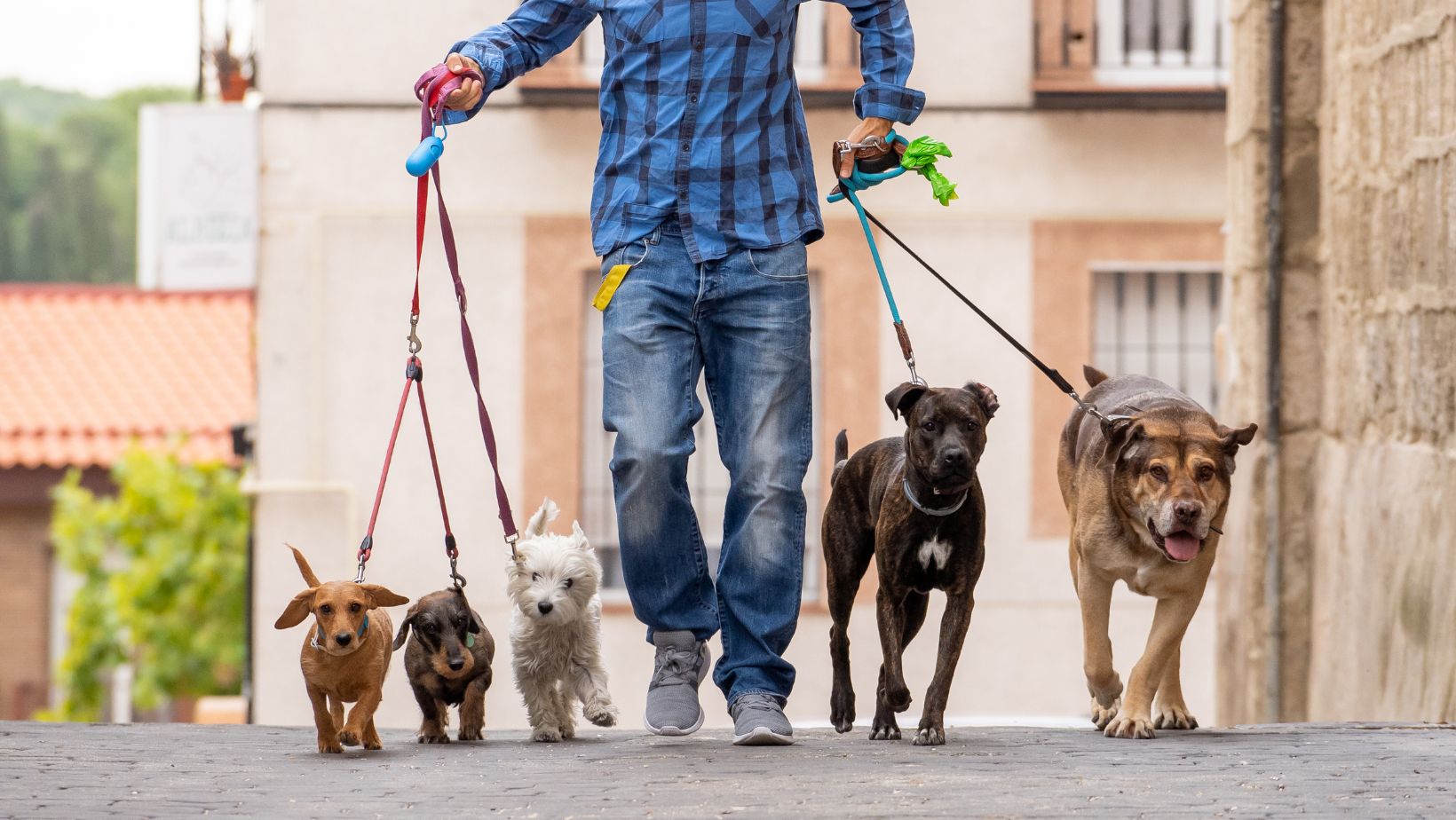Teaching my dog to walk on a leash has been quite the challenge. I’ve tried different methods and techniques, but it seems like nothing is working. It’s frustrating to see my furry friend pulling and tugging at the leash, making our walks more of a struggle than an enjoyable experience.
One thing I’ve learned is that patience is key when it comes to leash training. Dogs need time to adjust and understand what is expected of them. Consistency is also crucial in reinforcing positive behaviors. By using positive reinforcement techniques such as treats or verbal praise, we can encourage our dogs to walk calmly by our side.
Another important aspect of teaching my dog to walk on a leash is finding the right equipment. A well-fitting harness or collar can make a huge difference in how comfortable and controlled my dog feels during walks. It’s essential to choose gear that allows for proper control without causing any discomfort or harm.
How To Get My Dog to Walk On a Leash
Different Types of Leashes
When it comes to choosing a leash for your dog, there are several options available. Each type has its own advantages and considerations. Here are some common types of leashes to consider:
- Standard Leash: This is the most common type of leash, typically made from nylon or leather. It’s suitable for everyday walks and provides good control.
- Retractable Leash: These leashes have a retractable cord that allows your dog more freedom to explore while still maintaining some control. They are great for well-trained dogs in open spaces but may not be suitable for strong pullers or reactive dogs.
- Martingale Collar with a Clip: This specialized collar combines the benefits of both a collar and a leash, providing gentle control without putting too much pressure on your dog’s neck.
- Harness Lead: Designed to discourage pulling, this unique leash attaches around your dog’s chest and shoulders instead of their neck, distributing pressure evenly if they pull.
Consider Your Dog’s Size and Strength
The size and strength of your furry companion play an important role in determining which leash is most appropriate. Here are some factors to consider:
- Small Dogs: For smaller breeds or puppies, lighter leashes made from soft materials like nylon can be comfortable and easy to manage.
- Medium-Sized Dogs: Medium-sized dogs may benefit from standard leashes with moderate thickness that offer durability while maintaining control during walks.
- Large Dogs: Larger breeds require stronger leashes made from thicker materials, such as heavy-duty nylon or leather, that can withstand their pulling force.

Introducing Your Dog to the Leash
Introducing the Leash to Your Dog
When it comes to teaching your dog how to walk on a leash, it’s essential to start with a proper introduction. Many dogs may initially feel apprehensive or even fearful of the leash, so taking things slow and building positive associations is key.
To begin, introduce the leash gradually. Start by allowing your dog to sniff and investigate it while keeping it at a distance. This helps them become familiar with its presence without feeling overwhelmed. Once they seem comfortable, you can move on to the next step.
Next, attach the leash to your dog’s collar or harness while providing treats and praise as rewards for their cooperation. Keep the sessions short and positive, gradually increasing the duration over time. It’s important not to rush this process; patience is key in helping your furry friend adjust.
Building Positive Associations with the Leash
Creating positive associations with the leash will make your dog more inclined to view it as something enjoyable rather than restrictive. One effective way of doing this is by associating the leash with fun activities or rewards.
Before heading out for a walk, engage in playtime or offer treats while holding onto the leash. This helps create an association between leashed activities and positive experiences for your pup. Additionally, using verbal cues such as “walk” or “let’s go” can further reinforce this connection.
In conclusion, teaching your dog to walk on a leash requires time, patience, and consistent training methods based on positive reinforcement. With dedication and perseverance, you’ll soon enjoy peaceful walks together with your four-legged companion.